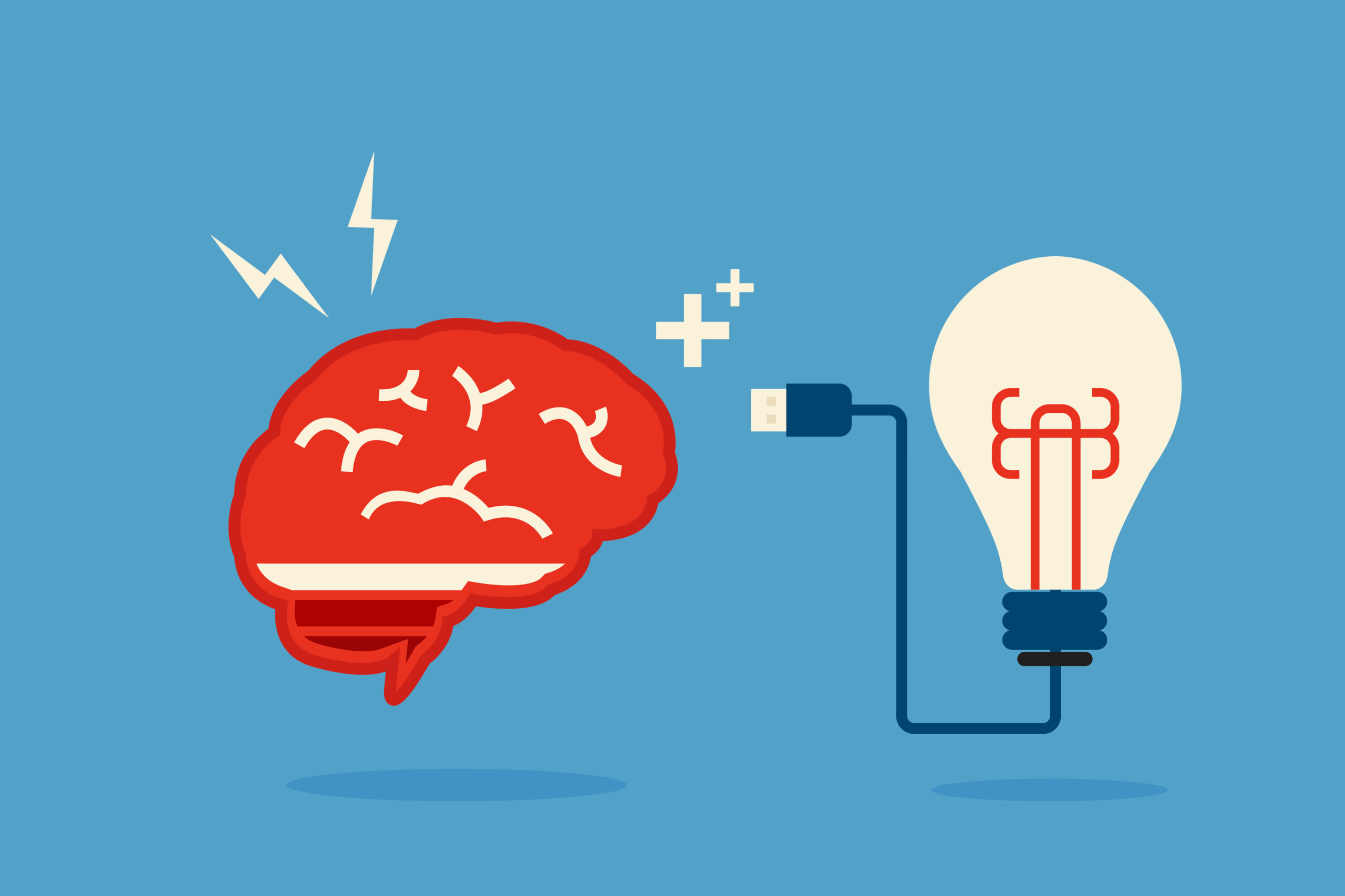
Resilience is a psychological phenomenon in which an individual affected by trauma (difficult or stressful situations) acknowledges the traumatic event and adapts by overcoming the obstacles to recover better and bounce back. Hence, the individual can rebuild his or her life in a way that is socially acceptable to him or herself and to others.
Research also shows that resilience is linked to what neuroscientists call cerebral plasticity or neuroplasticity: the brain’s ability to reorganise and remodel itself in response to changes in the environment. This cerebral plasticity can itself be stimulated by regular training and the repetition of new behaviours. Neuroscience therefore helps us to better understand the underlying mechanisms of resilience by examining how the brain processes and regulates stress and emotion.
A person’s ability to acknowledge a traumatic event (acceptance) and adopt behaviours that are positive for them and socially acceptable.
AND
The brain’s ability to reorganise and remodel itself in response to changes in the environment or to experiences.
It goes without saying that in our VUCA (volatile, uncertain, complex and ambiguous) world, resilience is in the top 5 of the survival kit for an individual or a group. It’s therefore a good reason to work on this ability in a coaching session. By using the tools listed below and giving positive experiences their rightful place, we can strengthen the brain networks involved in our clients’ emotional regulation and decision-making.
Meditation and mindfulness techniques can improve resilience by increasing neuroplasticity. These techniques stimulate the growth of new neuronal connections and the regulation of brain activity. This can strengthen the brain’s ability to adapt and cope with stress.
Through approaches such as positive thinking and Appreciative Inquiry®.
Brainstorming, drawing, visualisation, etc. and mental challenges.
Work on managing emotions and conflicts.
Social interaction, working with a model such as PCM®
The amygdala is an answer to stress and the regulation of negative emotions. Studies have shown that resilient people have a smaller amygdala and less activity in this region. This suggests that they are better equipped to regulate negative emotions in response to stress.
The prefrontal cortex is involved in emotional regulation and decision-making. Research has shown that resilient people have increased activity in this region. This can help them control their emotions and behaviour in times of stress.
The hippocampus has important function in memory and mood regulation. Research has shown that the hippocampus is smaller in people who have suffered chronic stress. In resilient people, on the other hand, this region is larger. It also has a better connection to other areas of the brain. This can help regulate mood and memory.
Discover the coaching KIT-Building Resilience and energy management.
You will explore how to help teams to approach the social, physical and psychological resources they need to maintain a healthy state of body and mind. Building resilience and energy management is a key for individuals and teams in the professional environment.